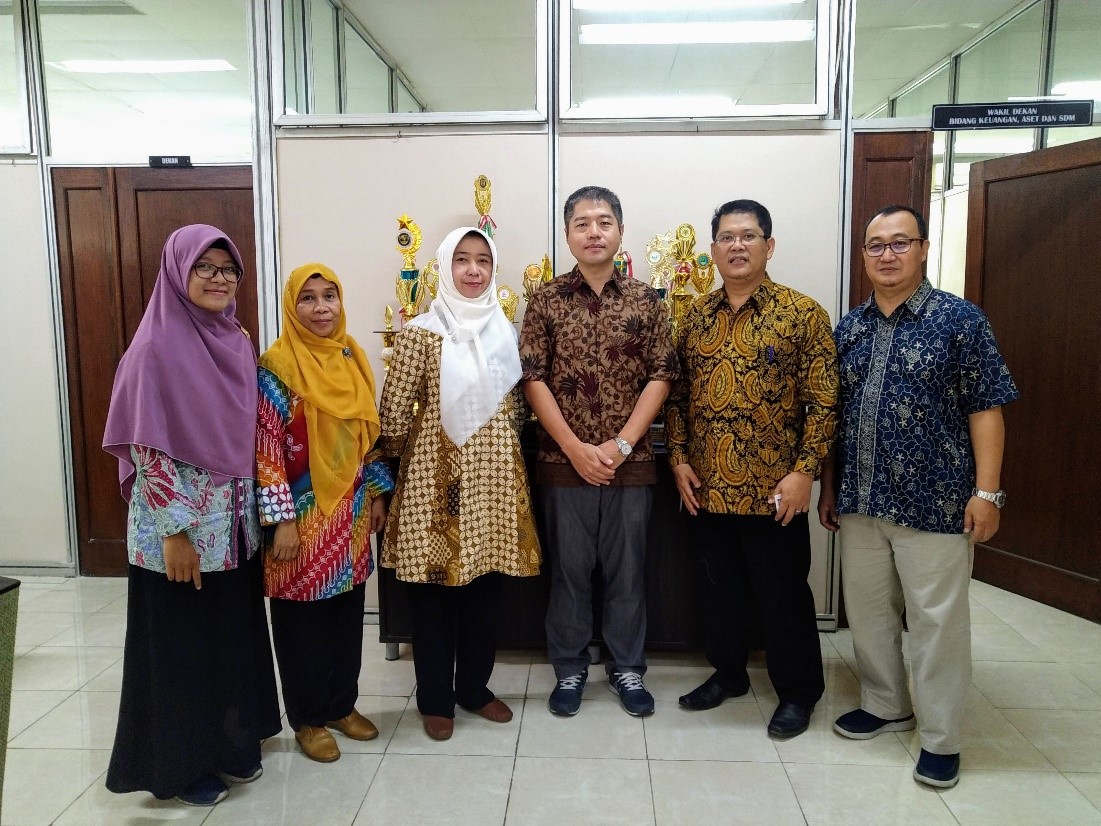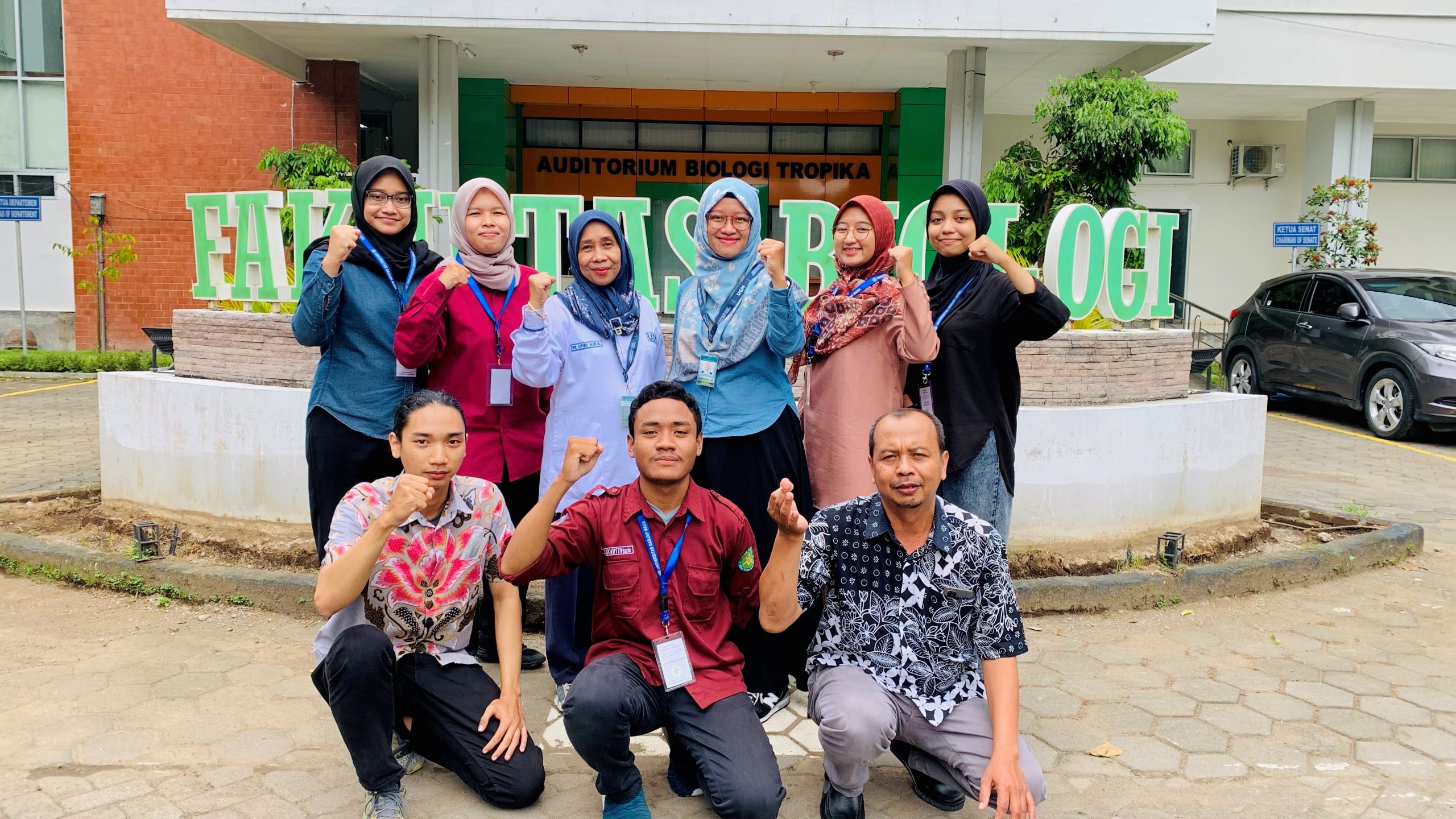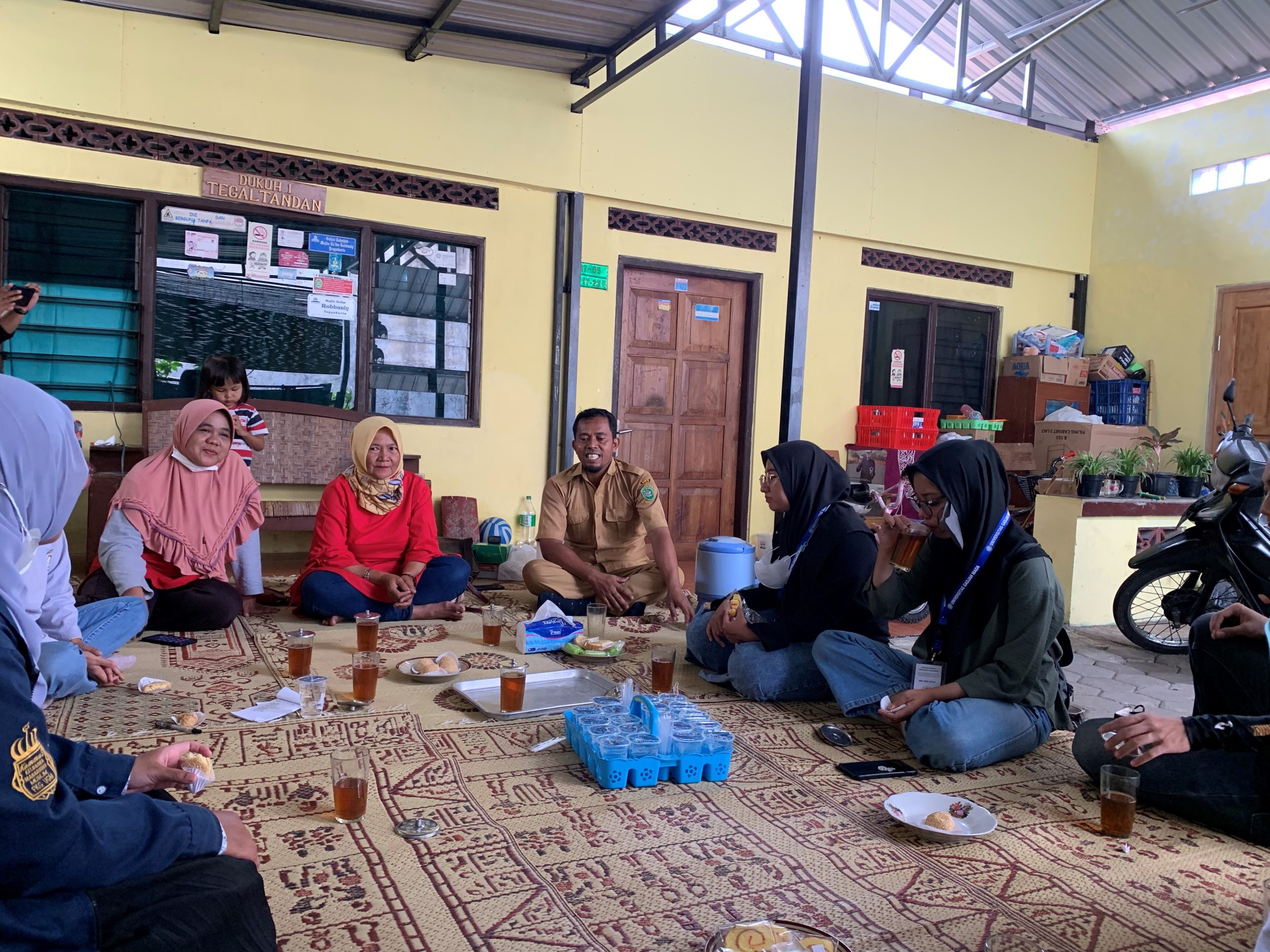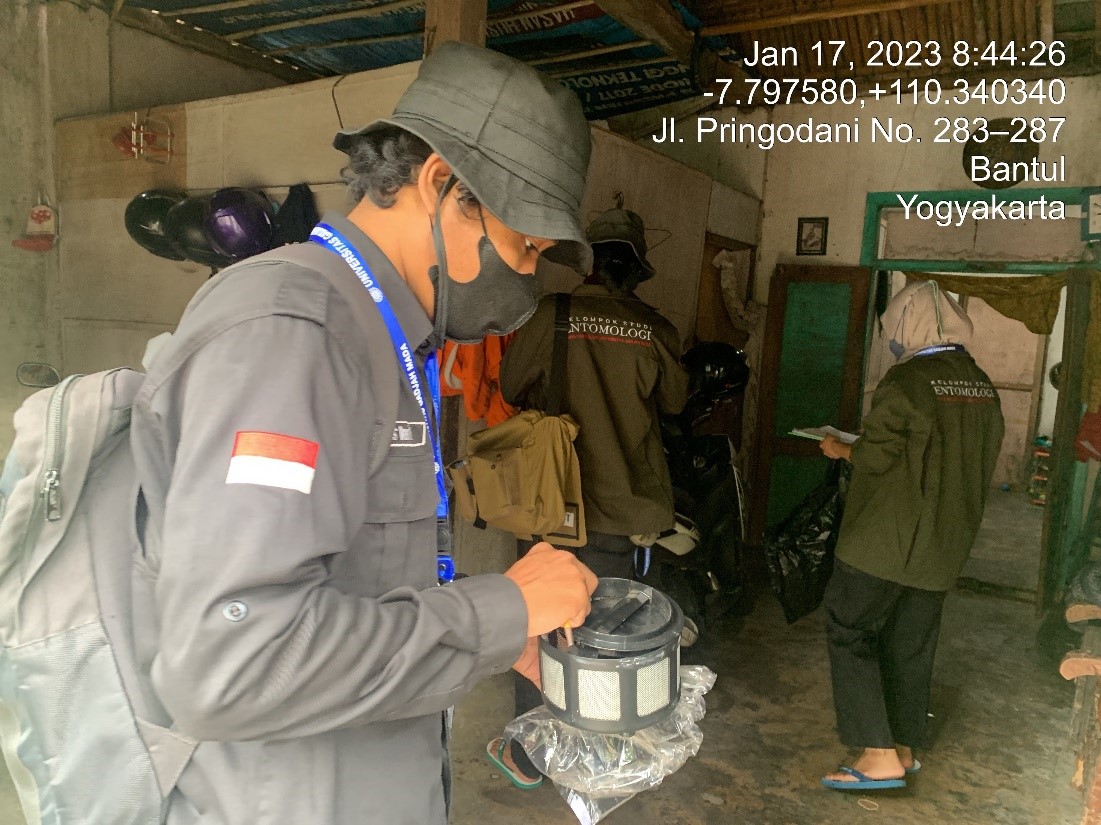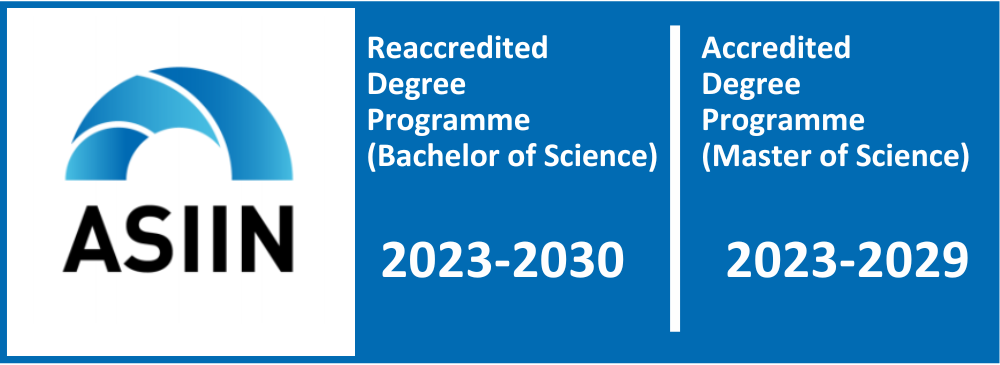The Parasitology Section of the Animal Systematics Laboratory, Faculty of Biology UGM and Molecular Ecology and Health Laboratory, Faculty of Engineering, Ehime University have collaborated for collaborative research since September 2019 with the research theme “Bionomic and Ecological Important of Mosquito Vectors in the Diseases Transmission and Control in Yogyakarta ”. This collaborative research involved Dr.Dra.Rr.Upiek Ngesti Wibawaning Astuti, DAP&E, M.Biomed. as Head of the Animal Systematics laboratory as well as Assistant Advisor, and one of the new staff from the Entomology Laboratory, Faculty of Biology, namely Atikah Fitria Muharromah, S.Sc., M.Eng. who is also a doctoral student under the guidance of Prof. Dr. Kozo Watanabe from Molecular Ecology and Health Laboratory Faculty of Engineering Ehime University, Japan.
In early 2020, this research was under way but hampered in its implementation, due to the COVID-19 pandemic. After about 2 years of delay, finally this research could be carried out again on 2 January 2023 to 10 February 2023 at Kapanewon Ngestiharjo and Kapanewon Banguntapan, Bantul Regency, Yogyakarta Special Region.
Mosquito-borne diseases are still one of the neglected tropical diseases that need to be studied and studied in depth, especially in vectors/disease carriers. Mosquito bionomics such as preferential behavior of mosquito biting and mosquito breeding sites that are associated with the environment are important to study in order to determine the potential transmission of mosquito-borne diseases in these places. Information about the bionomics of mosquitoes in a particular place can be used in mosquito control.
This research also involved 6 students from the UGM Faculty of Biology as research assistants, namely Wanda Aulia Pamungkas (Biology 2019), Cornelius Devito Deva Pramana Atmaja (Biology 2020), Erna Indahwati (Biology 2020), Haris Dwi Nugroho (Biology 2021), Kaifa Salwa Arrahma (Biology 2021), and Wa Ode Stevi (Biology 2021) whose task is to assist in collecting mosquito data in the field. In this activity the research assistants also had the opportunity to learn and practice directly how to identify mosquitoes from the genus level to the species level. In addition, students can also learn to communicate with the community directly in the field for its implementation.

